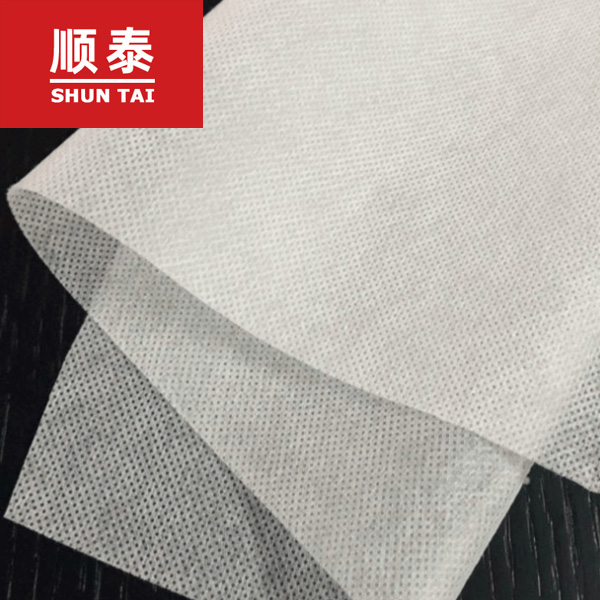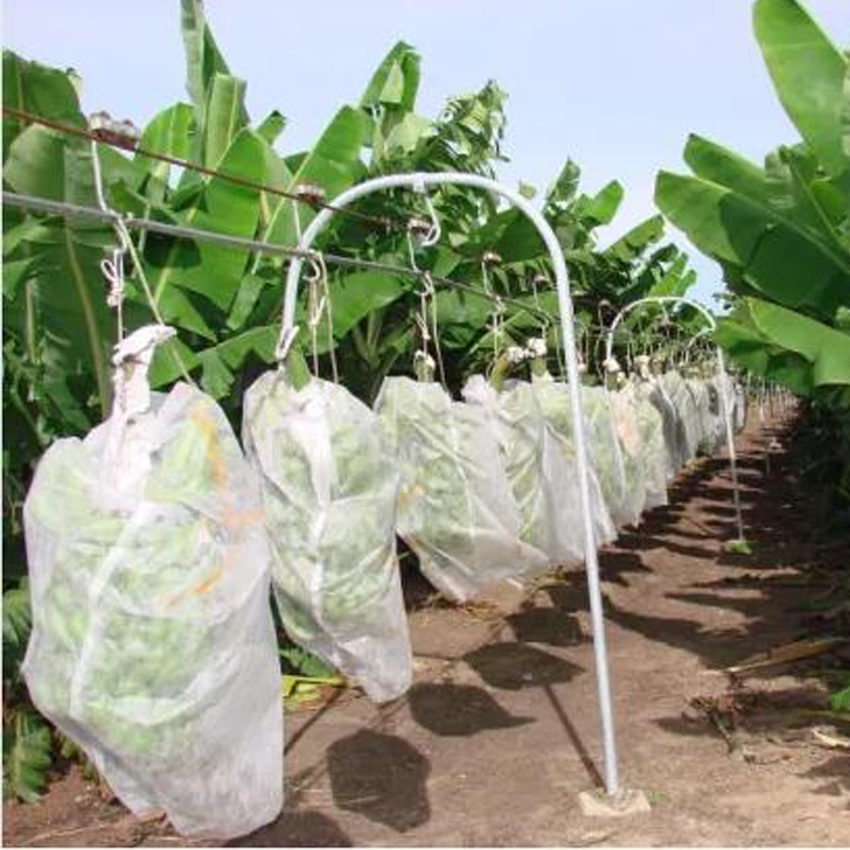
Non-woven Industry Development Non-woven fabric is a product that emerged out of the petrochemical industry after the development of plastic cloth (film). It is lighter and better ventilated than plastic cloth. It is frequently employed in medical, sanitary, and filtering products, as well as engineering applications like facial towels, sanitary napkins and filters. Non-woven fabric protects vegetables from damage caused by cold. The process for making non-woven fabric differs from that of plastic film, however the raw materials used are similar. This comprises PVC (polyvinyl chloride), PE (polyethylene), EVA (Ethylene Vinyl Acetate copolymer), PVA (polyvinyl alcohol), and other such items. The traditional film made of plastic is created by melting the plastic after that inflating it. The film is continuous. It can stretch endlessly. The film does not have pores. It is a completely impermeable material that prevents the movement and exchange any molecules. Following the expansion of the industry of textiles, artificial chemical fibres made of the mentioned ingredients became the new darlings of the textile business. However, these chemical fibers can be converted into cloth by the traditional warp-weft weave. In contrast to traditional warp and weft techniques, non-woven materials are formed by interweaving fibers from multiple directions. It's more durable than traditional woven fabric and can be made from raw materials in a single day. This is an alternative to traditional weaving that involves drawing fibers. Recent years have seen an array of non-woven fabrics used in the clothing industry. Because of the advancements in the field of materials science, as well as the development and application of production technology, nonwoven fabrics are becoming more diverse and are utilized more extensively. Every day we come across various products and materials. Due to their lightness and ease of production, non-woven materials have been gaining popularity in farming. Follow this non woven landscape fabric for more info.

Non-woven materials for the Agricultural Industry. Non-woven textiles were first utilized in Europe to cultivate crops in the year 1978. This was to keep carrots cool in order to harvest early and also to fight tomatoes leaf virus. Non-woven fabrics are used for mulching tomatoes, sweet peppers, sweet potatoes, along with carrots, root vegetablesand carrots. They also help with the development of other vegetables such as cabbage, lettuce and radishes. It is mostly used to keep heat in check, as well as early harvesting and pest control. Because non-wovens can help to increase soil temperature and are able to retain water, they are used for surfaces like grass-proof mats. In order to ensure that roots fully absorb water, short fibers can also be used to make blankets that are water-absorbing. They can also be used as the primary medium for turf production or as the garden grassland that helps to moisten, drain, and divide the garden. They are also used to plant large woody plants like fruit trees and trees for gardens which help to control weeds and retain the moisture. In Taiwan as well as the previously mentioned purposes non-woven fabric is utilized in crop protection. Non-woven fabric is extensively used in greenhouses of large size for energy conservation and environmental control. Canopy curtains and double-layered cover reduce heat dissipation and radiation at night. TAVIK fabrics are non-woven spun-bonded non-woven TAVIK fabrics with high densities were initially used for shading and protecting the cauliflower bulbs. The fabric's shade capacity was high as well as its low thermal conductivity and the ease of recycling made it a popular option for farmers. It was later used to preserve and protect leaf vegetables from insects and shade the trees and plants of fruit trees. Due to the unique climate and ecosystem of Taiwan the development of the nonwoven industry is slow. The non-woven fabric manufacturers in Taiwan continue to innovate non-woven technology. Their main focus is air permeability and water absorption and water repellency. It is used to preserve and store agricultural product. Follow this agriculture non woven fabric for recommendations.
